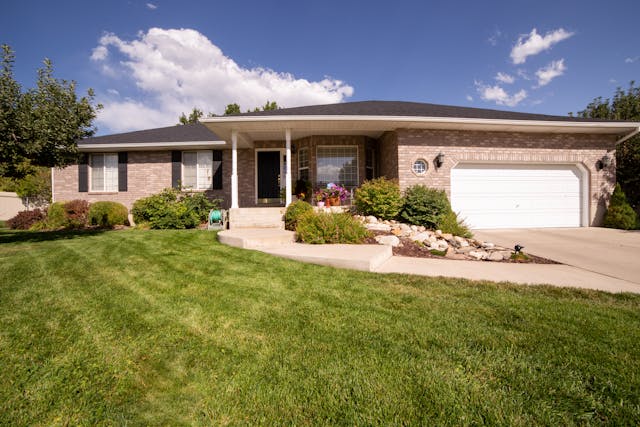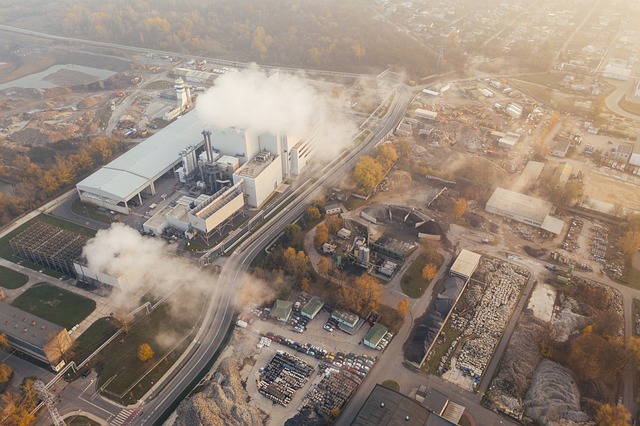Personalizing your home’s interior is the perfect way to express your unique style and make the most out of your living space. Starting a new home renovation project gives you the ability to hand-pick every detail and functional element of your home, while also increasing its value long-term.
But before you start planning specific designs, it’s important to consider the lasting impact of your choices. Sustainability isn’t something only businesses should take seriously. It’s also an important element that all homeowners should consider.
Fortunately, there are many different ways to weave eco-friendly practices into your design process.
Incorporating More Natural Materials
When starting a remodeling project or when building a brand new home, you’ll have a large selection of design materials you can choose from. However, some materials are significantly more sustainable than others.
Whenever possible, try to incorporate more natural materials into your design plans. These materials are commonly made from renewable resources, such as bamboo or reclaimed wood. Bamboo is an excellent choice since it’s both strong and versatile for use in a variety of applications throughout the house. It also grows considerably faster than other wood materials, leaving a much less significant environmental impact.
Reclaimed wood is another great option for adding character to spaces, reducing waste, and helping to create more memorable furniture.
Smarter Lighting Choices
When it comes to energy consumption in your home, lighting plays a key factor. Fortunately, small adjustments to your lighting fixtures or the types of bulbs you use can bring significant benefits to both the planet and your budget.
A great starting point for reducing your energy bill is to replace your incandescent bulbs with LED alternatives. These longer-lasting options consume up to 90% less energy than traditional bulbs and last up to 25 times longer.
LED lights also allow for greater flexibility and creative control when adjusting brightness and color temperature, allowing you to customize the ambiance of your home.
Sustainable Furniture Selection
Most home renovation projects often involve adding new furniture items. While this can be a great way to refresh your home’s aesthetic, you should consider the environmental impact of the new purchases you make.
Instead of chasing design trends, think about how you can place more priority on quality and durability. Try to get furniture that’s built to last, like pieces made from solid wood or with sturdy construction.
Taking this type of approach offers several advantages. First off, well-made furniture can last for generations and reduce the need for regular replacements. Secondly, choosing timeless pieces over fleeting trends contributes to a more sustainable lifestyle.
Safer Products and Finishes
When taking on new interior design projects, it’s essential to be mindful of the types of materials used and their chemical makeup. Paints, stains, and sealants often contain volatile organic compounds (VOCs).
In higher concentrations, VOCs can release harmful chemicals into the air and cause risks to both the environment and the well-being of those living in the home. These chemicals can trigger respiratory issues and other health problems.
To avoid this, choose from a selection of low-VOC or VOC-free construction products. This approach makes sure you’re able to achieve your desired aesthetic while still protecting the health of your family and pets.
Eco-Friendly Water Features
When considering home improvements, it’s important to think about water conservation. Households, especially larger ones, consume significant amounts of water daily through routine activities in kitchens, bathrooms, and laundry areas.
Fortunately, there are ways to lessen your environmental impact and lower your water bill. One effective strategy is to replace older fixtures with modern, water-efficient alternatives. This includes upgrading sinks, showers, toilets, and appliances.
By making these changes throughout your home, you can significantly reduce your yearly water consumption, which keeps more money in the bank and reduces your carbon footprint.
Bringing Outdoor Elements Indoors
Many times, eco-conscious design is all about finding ways to coexist with nature, not fight against it. There are many ways to achieve this, particularly by incorporating different elements typically found outdoors into your home.
Selecting houseplants and increasing natural light in your living spaces are easy ways to improve your home’s connection with nature while improving the air quality in the home and even helping to reduce stress.
Designing More Flexible Layouts
Instead of focusing strictly on the specific individual elements in your home, consider incorporating more flexible design layouts. When done correctly, the overall design layout you choose can significantly influence your sustainability goals.
Instead of compartmentalizing spaces, consider flexible layouts that reduce the need for extensive construction and materials. For example, a guest room could double as a home office, or a dining area could transform into a workspace, maximizing the utility of each square foot.
You can also look for convertible furniture options, such as sofa beds or adjustable tables. These features help to make your living spaces more adaptable. This versatility lessens the need for additional furniture, flooring, and other materials, helping you create more incremental steps to minimize your environmental impact.
Make Better Interior Design Choices for Your Space
Putting your own personal touch on your space can be incredibly exciting. However, when you make more sustainable design choices, you will not only be proud of how your home looks but also the reduced impact it has on the environment.




